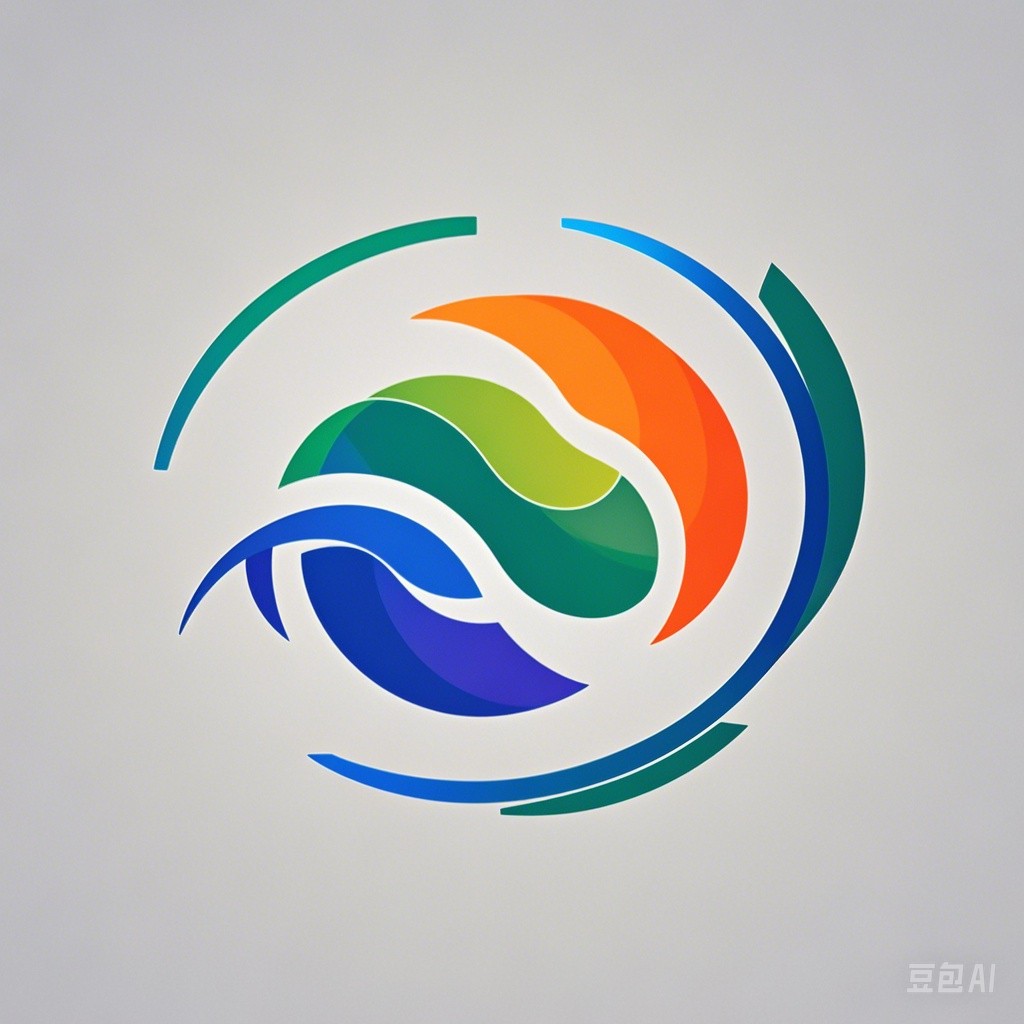云卷云舒,自古以来就是文人墨客笔下的美景。它不仅是自然景观的一部分,也常常被用来比喻人生的起落。在这篇文章中,我们将探讨云的形成、变化以及如何通过记忆技巧来欣赏和理解这一自然现象。
云的形成
云是由水蒸气凝结成的小水滴或冰晶组成的。以下是云形成的基本过程:
- 蒸发:太阳照射地面,使水体(如海洋、湖泊、河流)蒸发成水蒸气。
- 上升:水蒸气随着空气上升,温度降低。
- 凝结:当水蒸气冷却到一定程度时,会凝结成微小的水滴或冰晶,形成云。
代码示例:模拟云的形成
import matplotlib.pyplot as plt
import numpy as np
# 模拟水蒸气上升和凝结的过程
def simulate_cloud_formation(height, temperature):
# 假设温度每上升100米降低1摄氏度
temp_change = -0.01 * (height - 0)
# 初始温度
initial_temp = 15
# 计算当前温度
current_temp = initial_temp + temp_change
# 检查是否凝结
if current_temp <= 0:
return "Cloud formed"
else:
return "Cloud not formed"
# 模拟不同高度下的云形成
heights = np.linspace(0, 10000, 100)
cloud_formations = [simulate_cloud_formation(height, 15) for height in heights]
# 绘制结果
plt.plot(heights, cloud_formations)
plt.xlabel('Height (m)')
plt.ylabel('Cloud Formation')
plt.title('Simulation of Cloud Formation')
plt.show()
云的变化
云的变化多种多样,包括形状、大小、颜色和持续时间。以下是一些常见的云变化:
- 卷云:通常出现在高空,形状像羽毛或马尾巴。
- 层云:覆盖整个天空,通常带来阴雨天气。
- 积云:底部平坦,顶部凸起,常伴有雷暴。
代码示例:模拟云的变化
# 模拟云的变化
def simulate_cloud_change(shape, size, color, duration):
return f"Cloud with shape {shape}, size {size}, color {color} for {duration} hours"
# 模拟不同类型的云
clouds = [
simulate_cloud_change("feathery", "small", "white", 2),
simulate_cloud_change("flat", "large", "gray", 5),
simulate_cloud_change("puffy", "medium", "white", 1)
]
# 打印模拟结果
for cloud in clouds:
print(cloud)
记忆云卷云舒的秘诀
要欣赏和理解云卷云舒的秘诀,可以尝试以下记忆技巧:
- 观察形状:记住不同形状的云代表不同的天气。
- 联想:将云的形状与生活中的事物联想起来,如动物、物体或自然景观。
- 记录:用相机或画笔记录下不同天气下的云,加深记忆。
通过以上方法,我们可以更好地欣赏和理解云卷云舒这一自然现象,让记忆中的天际更加丰富多彩。
